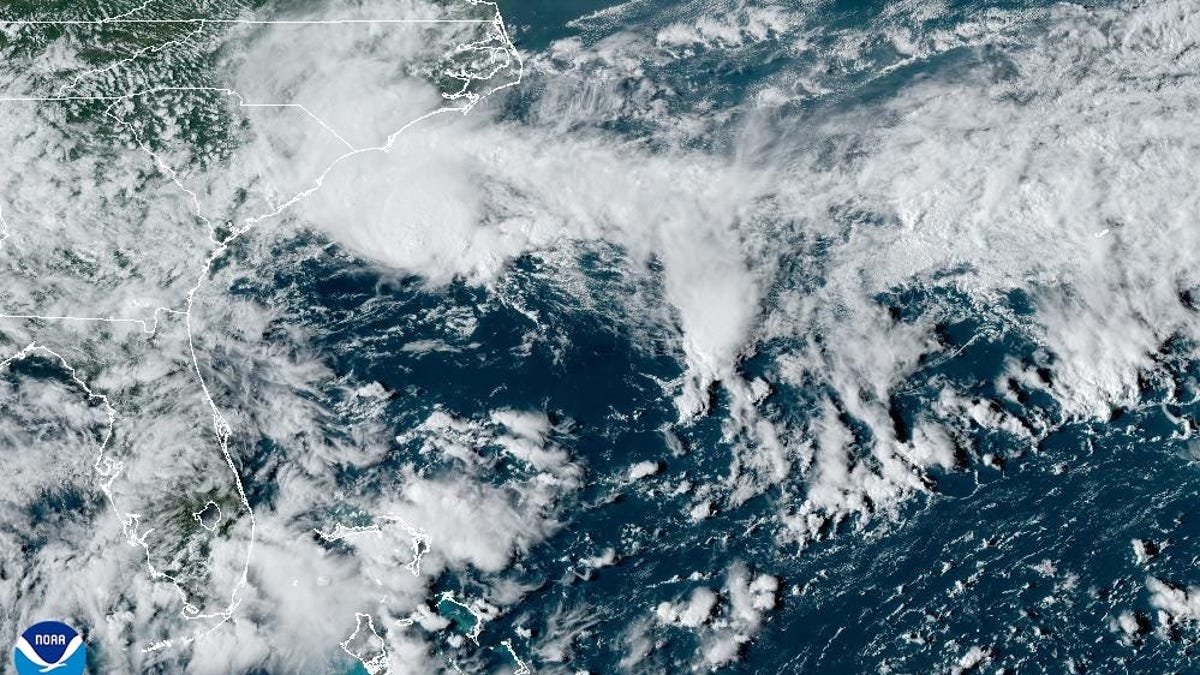‘Homegrown’ storm nears US coast: Understanding their nature and risk
A storm currently developing off the Southeast coast may potentially become Tropical Storm Helene as it approaches land. This situation highlights what meteorologists refer to as a “homegrown” storm.
Homegrown storms and hurricanes form rapidly near the U.S. coastline, unlike those that take days or weeks to travel across the Atlantic.
Interestingly, these homegrown storms often pose a greater threat to the U.S., according to Weather.com meteorologist Jonathan Erdman.
Out of 55 hurricanes that hit the U.S. from 1995 to 2023, only 10 began their journey in the Atlantic, between the Lesser Antilles and Africa, he pointed out.
“The vast majority of hurricanes first develop in the Caribbean Sea, Gulf of Mexico, or close to the Southeast coast,” he shared in an online update.
Current status of the storm: Is it Helene?
As of 11 a.m. ET, the storm was located approximately 75 miles south-southwest of Cape Fear, North Carolina.
According to the hurricane center, strong winds and heavy rainfall are affecting parts of southeastern North Carolina as it nears landfall.
The storm would be classified as a tropical depression if it develops a center with circular wind patterns before making landfall. It would then reach Tropical Storm Helene status if sustained winds hit 39 mph, though this appears unlikely according to the latest update from the hurricane center.
Although the storm has sustained wind speeds of 50 mph, it currently lacks a defined center of circulation, which is necessary to be classified as a named storm. Meteorologists also discovered a frontal boundary within the storm, which is not characteristic of tropical cyclones.
“With limited time before it moves inland, the likelihood of this system evolving into a tropical or subtropical cyclone is diminishing,” the center reported.
Even if it doesn’t become a named storm, significant flash and urban flooding, as well as minor river flooding, could still occur in southeastern North Carolina and northeastern South Carolina tonight. The National Hurricane Center also warned of isolated flooding threats across much of the Mid-Atlantic region through Wednesday.
Defining a homegrown storm
According to AccuWeather, a “homegrown” or “homebrew” storm is one that develops near the U.S. coast and is most prevalent during the beginning of the hurricane season (which officially runs from June 1 to November 30).
Homegrown hurricanes are generally regarded as a more significant threat compared to their longer-traveling counterparts from the eastern Atlantic Ocean, as they tend to either originate or strengthen closer to the U.S. mainland, Weather.com notes.
“They have the advantage of warmer, deeper waters in the Caribbean Sea and southern Gulf of Mexico, which typically foster stronger hurricanes if other unfavorable conditions are absent,” Erdman explained.
What follows if Helene doesn’t occur?
If the storm fails to develop into Helene, there’s good news: no other tropical systems are currently present in the Atlantic or Pacific Basins aside from Tropical Depression Gordon, which is drifting harmlessly out to sea. The system that may become Tropical Storm Helene is still not officially named. Following Helene, potential storm names include Isaac, Joyce, and Kirk.

